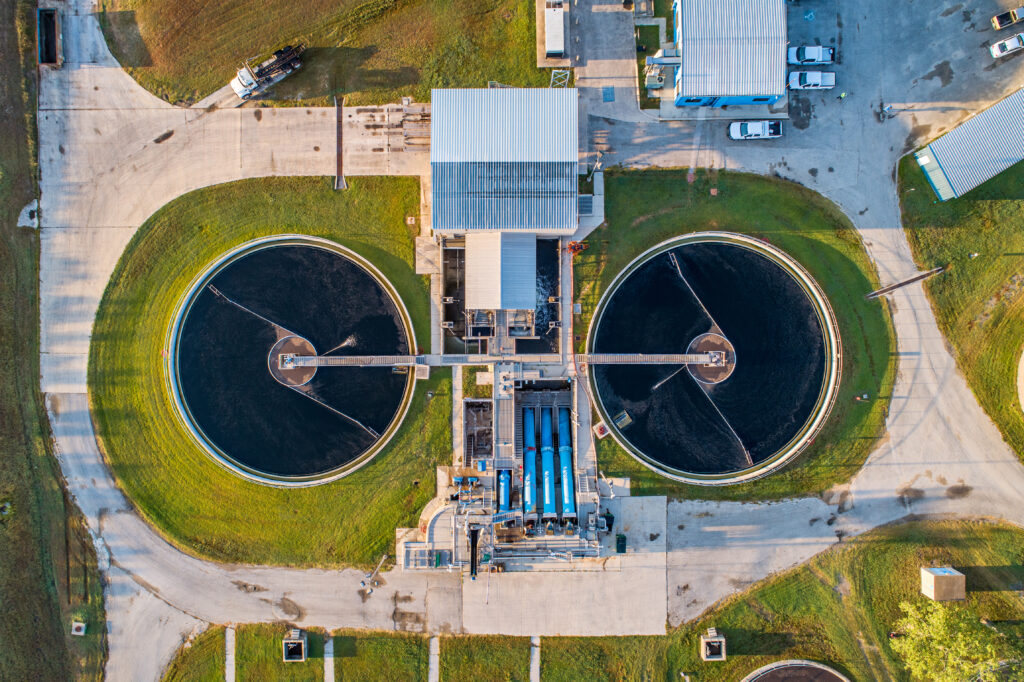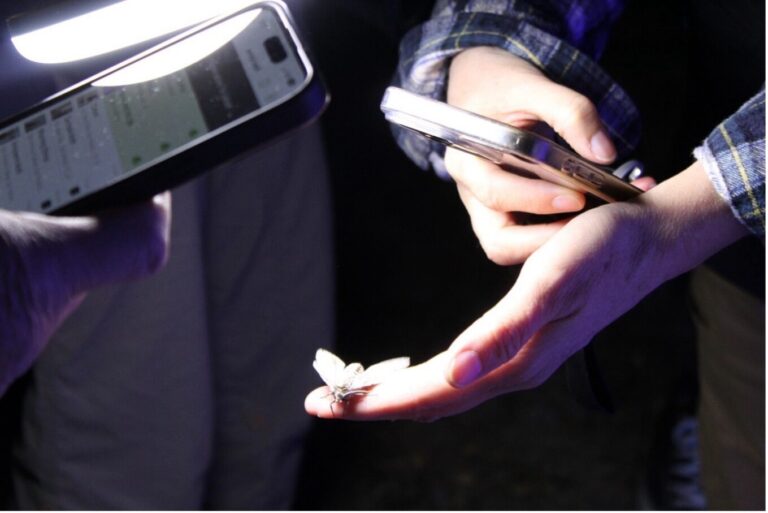Did you know that the San Antonio River Authority (River Authority) is a full-service wastewater utility provider serving a portion of northeast Bexar County since 1966? Over the years, we have grown to help provide utilities assistance to communities throughout Wilson, Karnes, and Goliad counties as well.
Many people rarely think about what happens to the water that drains down our sinks (especially the one in the kitchen) and bathtubs or let alone what happens after we flush.
In 2022, we are excited to share a new series that explores what each team within our wastewater utility does, why it is important, and how it impacts you. Like other wastewater utilities, we have focused blog posts and articles on keeping our sewer pipes in our homes and community clear of fats, oils, grease, and wipes products. However, we will be taking a different approach in 2022 as we take a deep dive into each team within the utilities department, including the collections, operations, maintenance, quality control, and development teams.
In this first post, we will share a broad overview of each River Authority Utilities team. First up is our Development Team. This team reviews the plans for new real estate developments in the San Antonio River watershed. Before roads are paved or homes are built in a new subdivision or apartment home, electrical, water, and sewer pipes must be laid to support the development. During and after the construction process, inspectors on the Development Team review and approve the work being done by the developers’ construction crews. Once the development has been built, the River Authority Utilities accepts ownership at a prearranged time and begins managing these sewage collection lines.
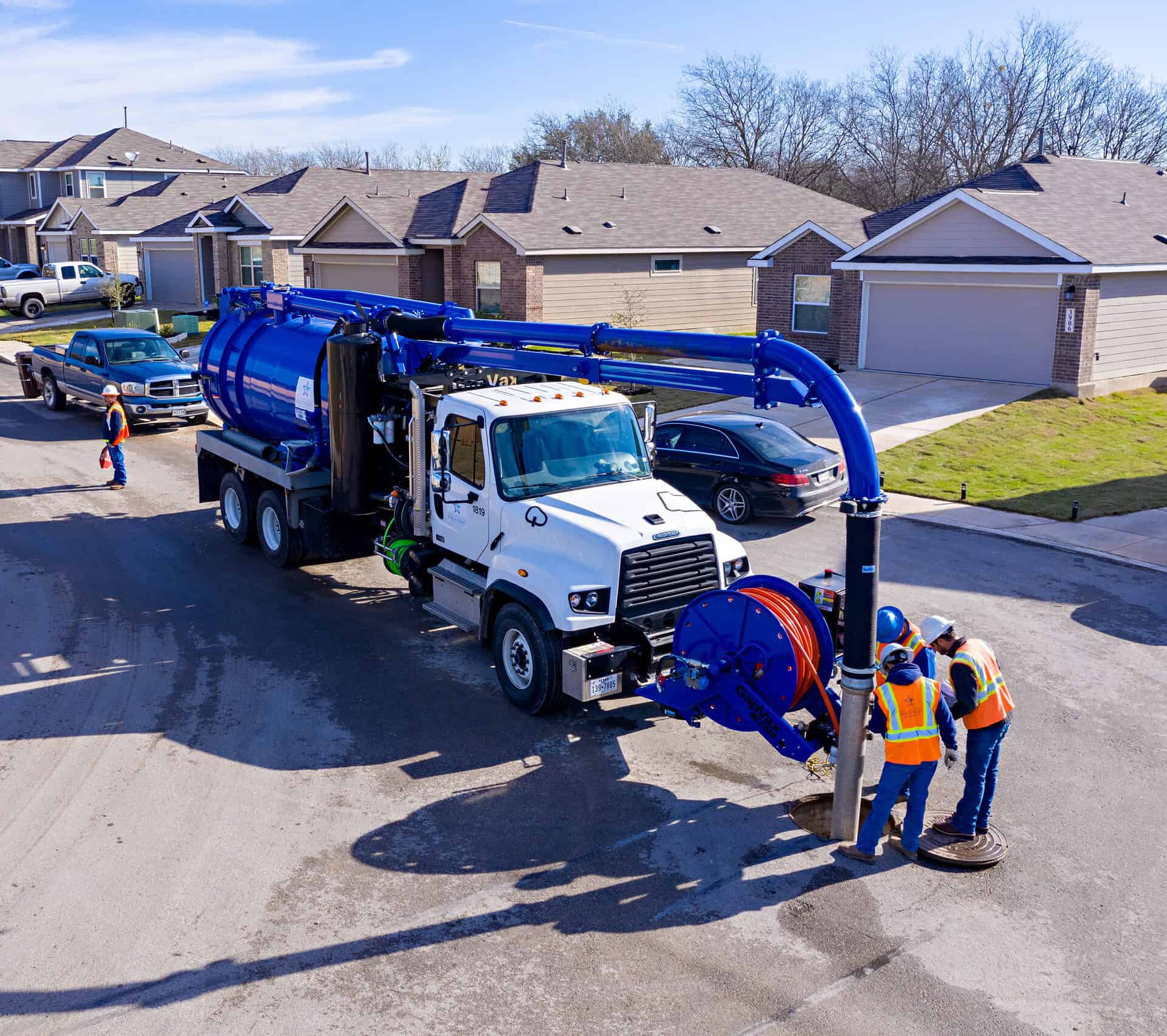
The River Authority’s collections team televises (a method of inspecting) sewage collection lines.
You may have guessed it already, but it is at this point that our Collections Team enters the picture. In addition to regularly checking and clearing collection lines, the Collections Team also responds to sanitary sewer overflows (SSOs) resulting from clogs. Clogs are often caused by fats, oils, and grease (including products with a high fat content like milk and salad dressing) and wipes-like products (including feminine hygiene products) that have been poured down sinks and flushed down toilets.
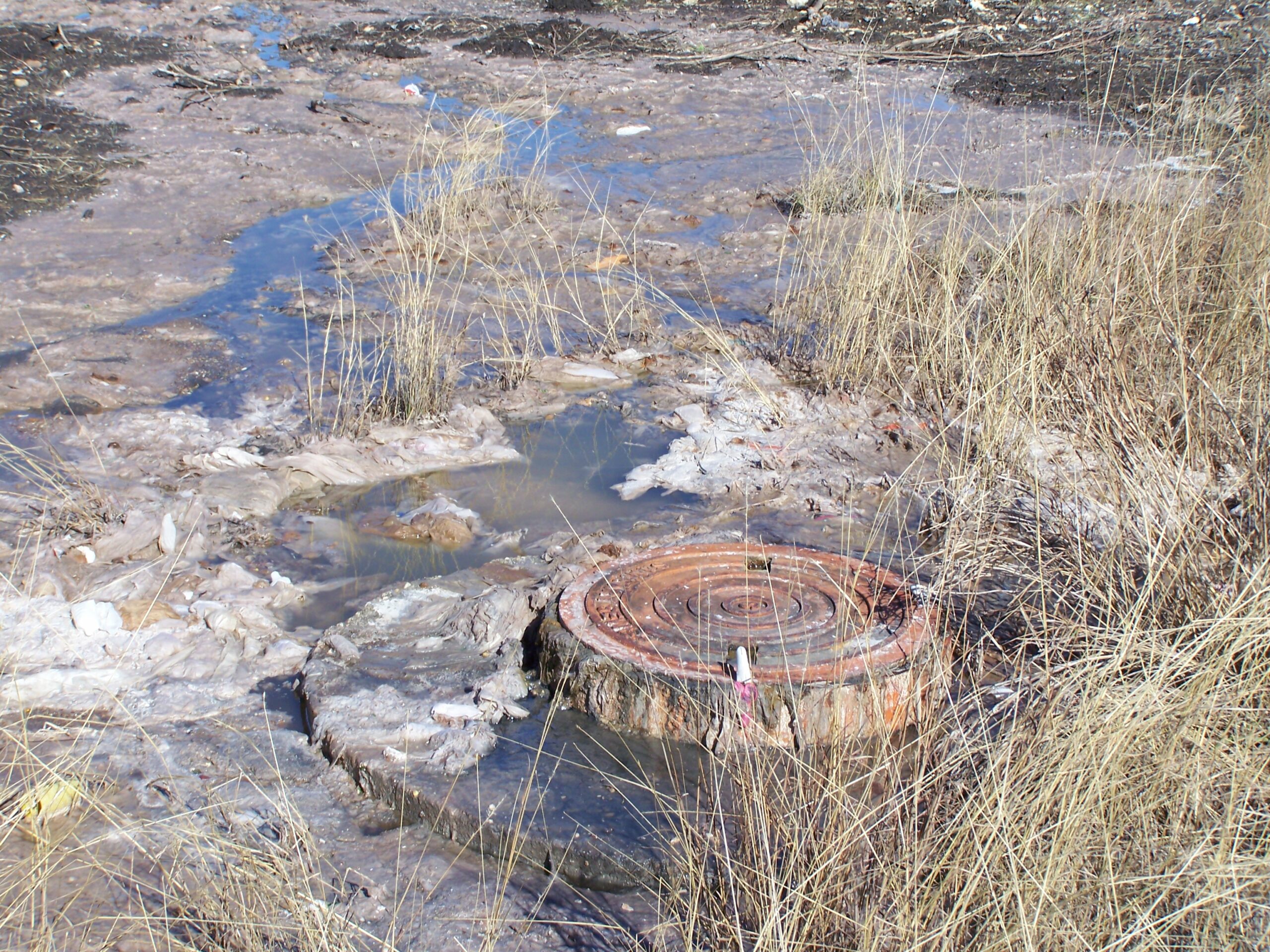
Wipes surround a sewer access hole following a sanitary sewage overflow.
Wastewater flows through sewage collection lines into our wastewater treatment plants (WWTPs). Here our Operations Team takes the lead. The Operations Team oversees and operates the wastewater treatment process. This work leads to treated water, also known as effluent, that is discharged into our creeks and rivers. Due to the high quality of this effluent, fish and minnows can regularly be spotted where it is released into the streams.
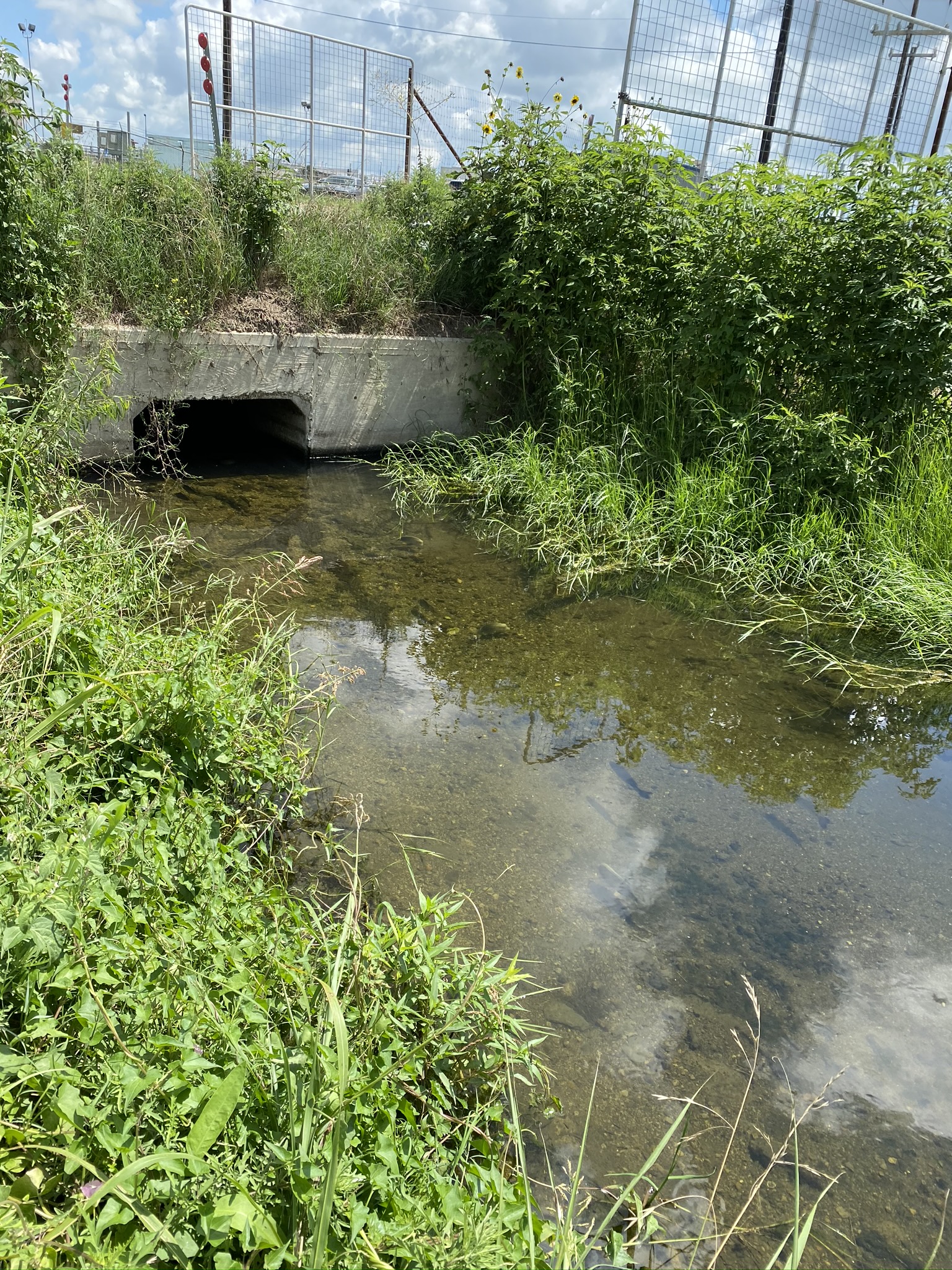
Fish can be seen in this creek where effluent is discharged.
The Maintenance Team supports the work being done throughout this process. This crew steps in and helps with keeping our equipment and facilities in tip-top shape. When something breaks or malfunctions, they diagnose and fix the problem. The Maintenance Team also ensures that our facilities look great. If you have ever been on one of our wastewater treatment plant tours, you have experienced their expertise in helping visitors easily traverse around the plant.
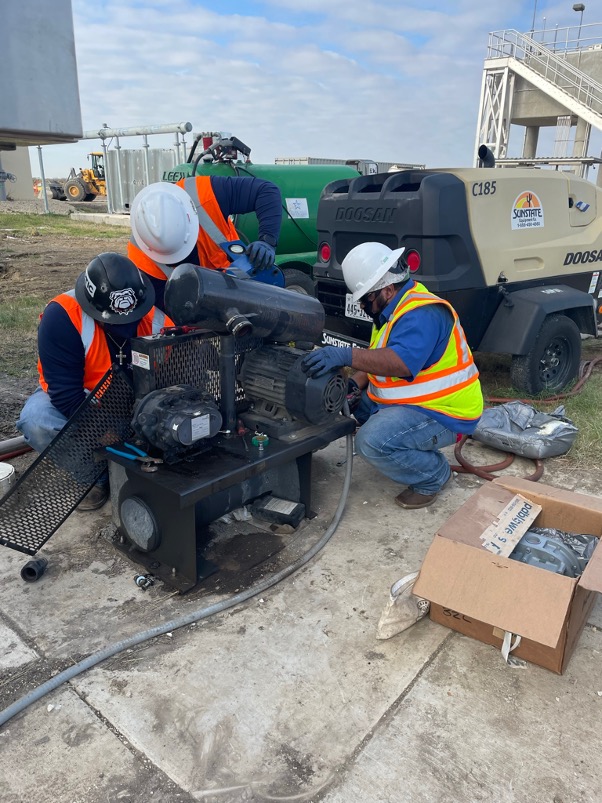
The maintenance team services a blower, which is used to aerate water and help microorganisms break down pollutants in wastewater.
Finally, our Quality Control Team assists in all of the reporting required by the Texas Commission on Environmental Quality (TCEQ). Wastewater treatment is regulated by TCEQ, and regular reporting and testing of effluent are required. Our quality control team helps ensure that our operations meet and regularly exceed the regulations required of the wastewater industry.
Through this Utilities series we hope to clarify why the work of our teams is essential to communities in the San Antonio River watershed. We cannot wait to share more of this series with you, and this is only a small taste of what is yet to come! In the meantime, you can review our past Clarifier newsletters, or if you’d like to visit us in person, you can also request a tour at one of our WWTPs.

